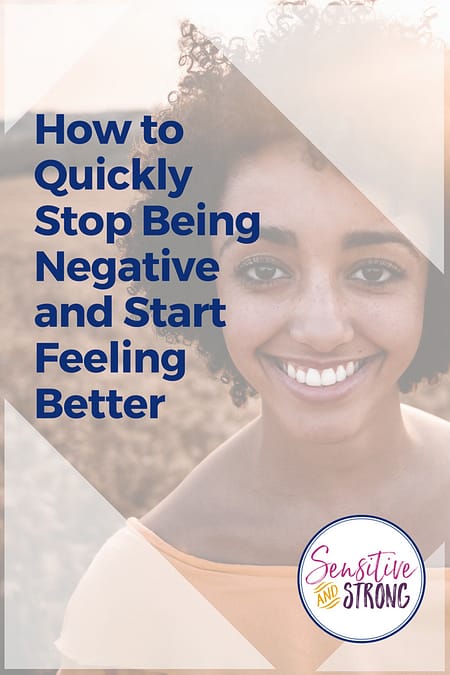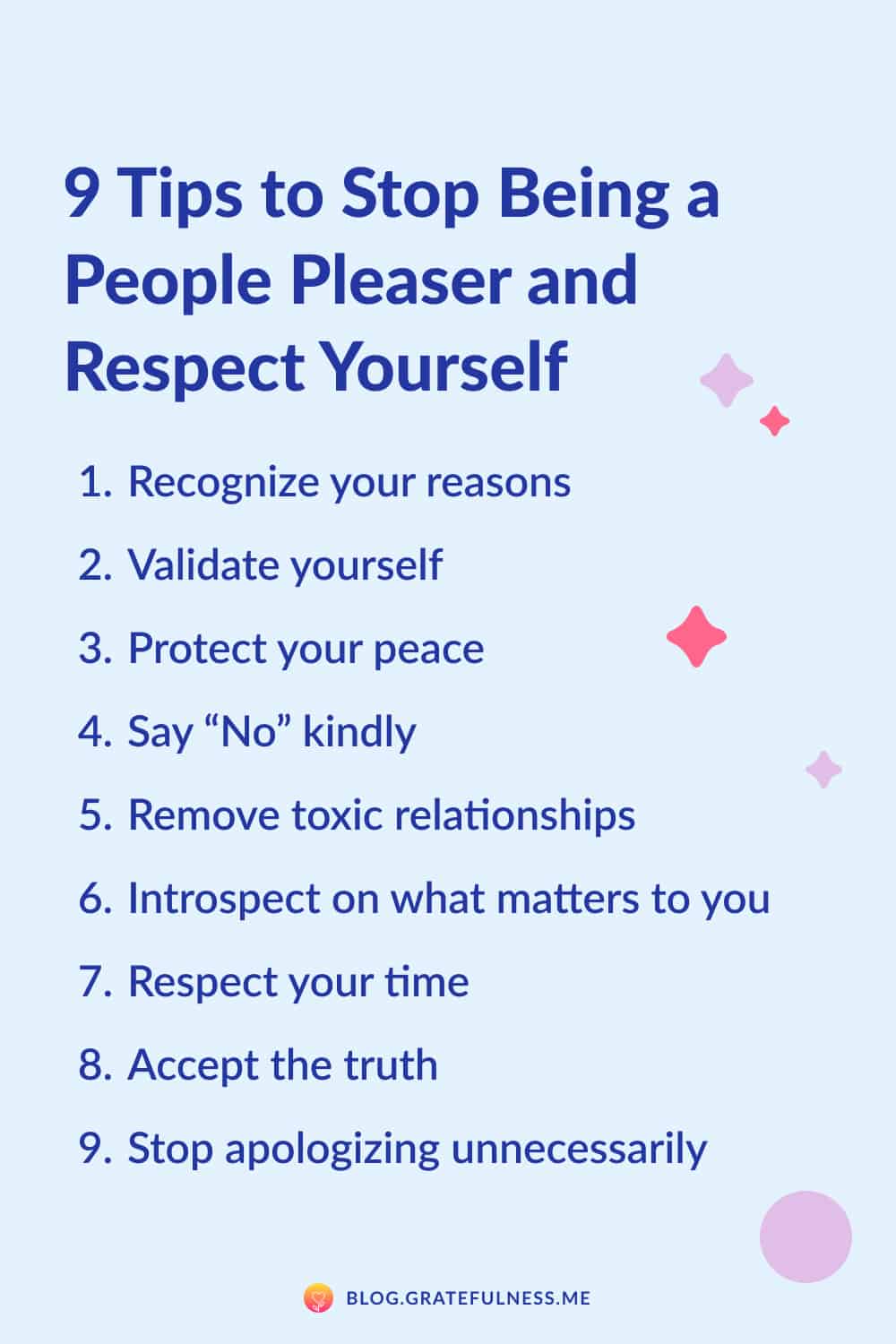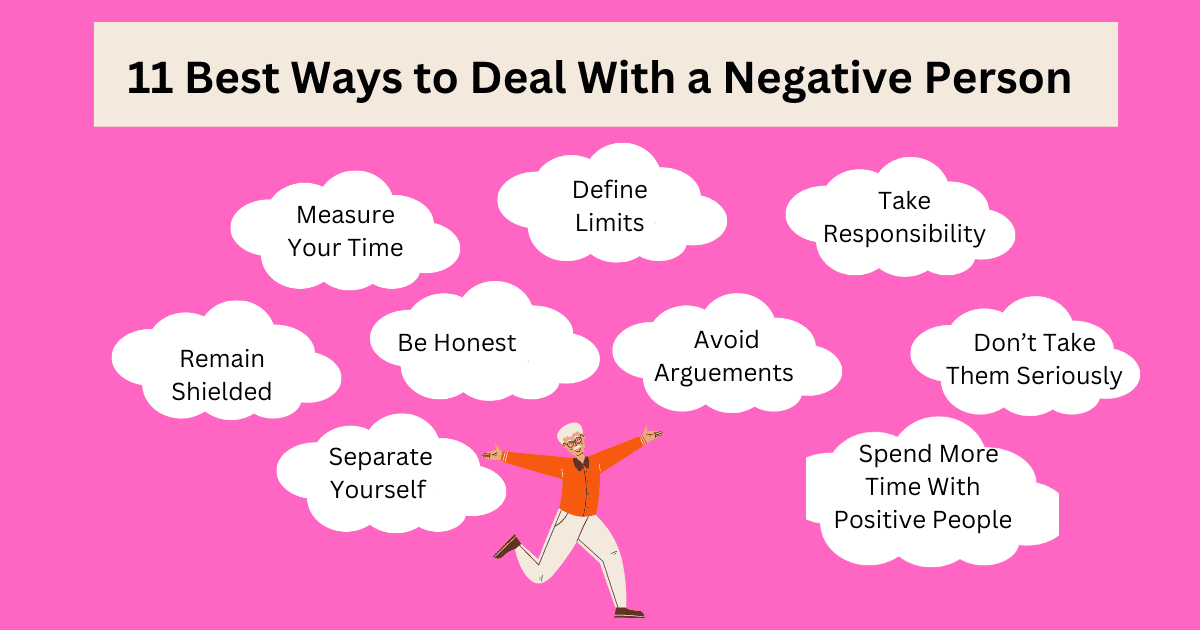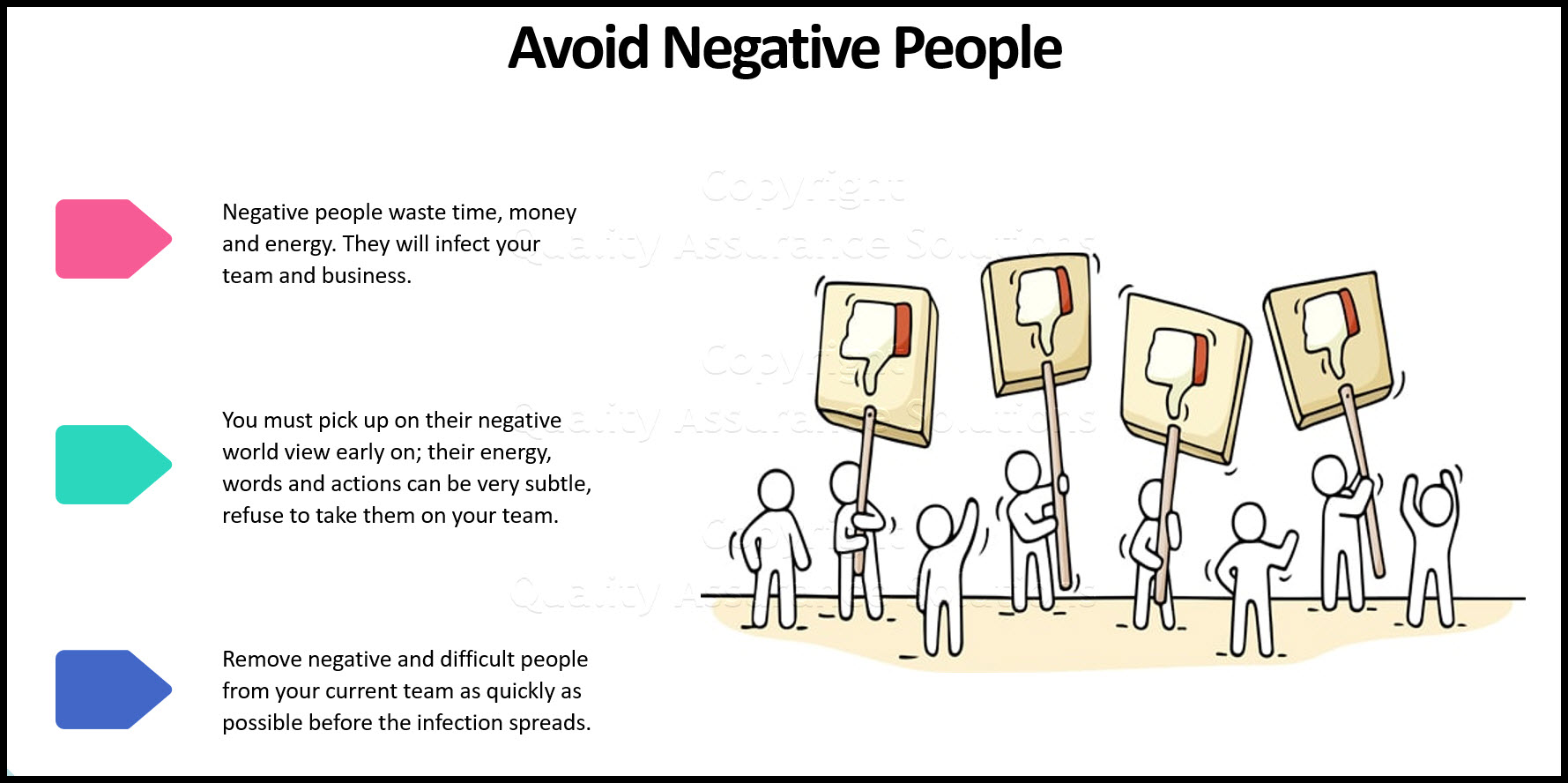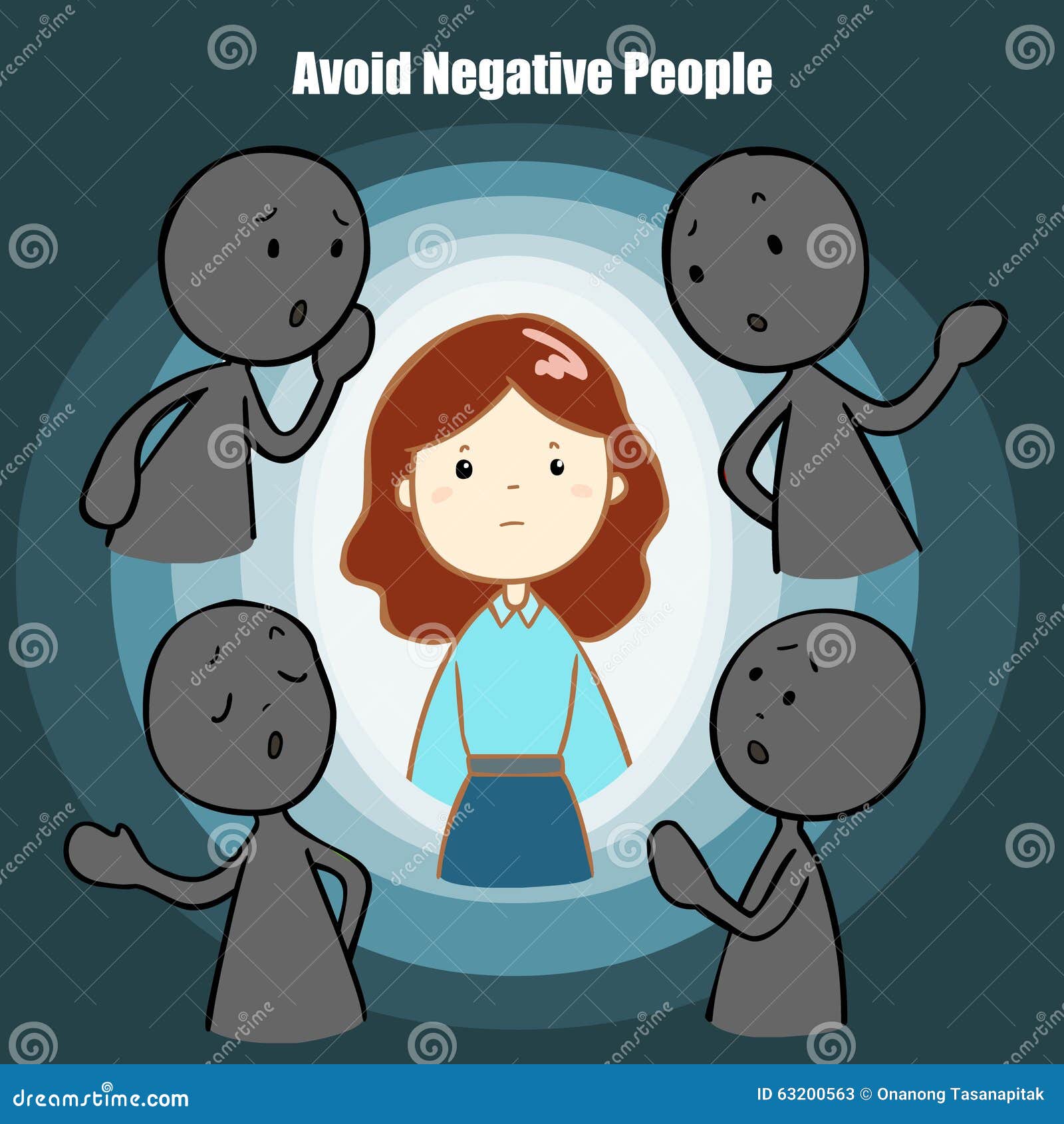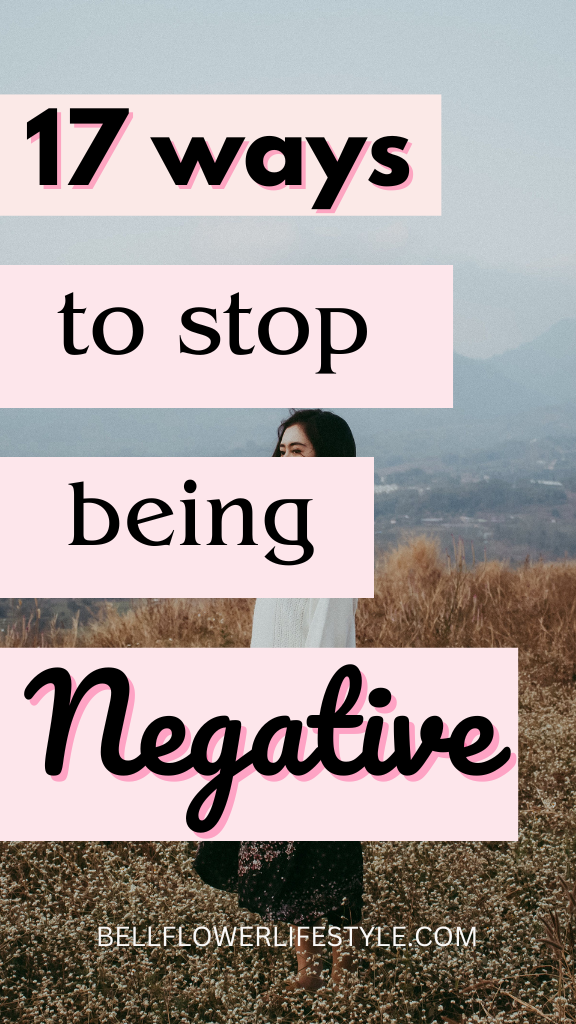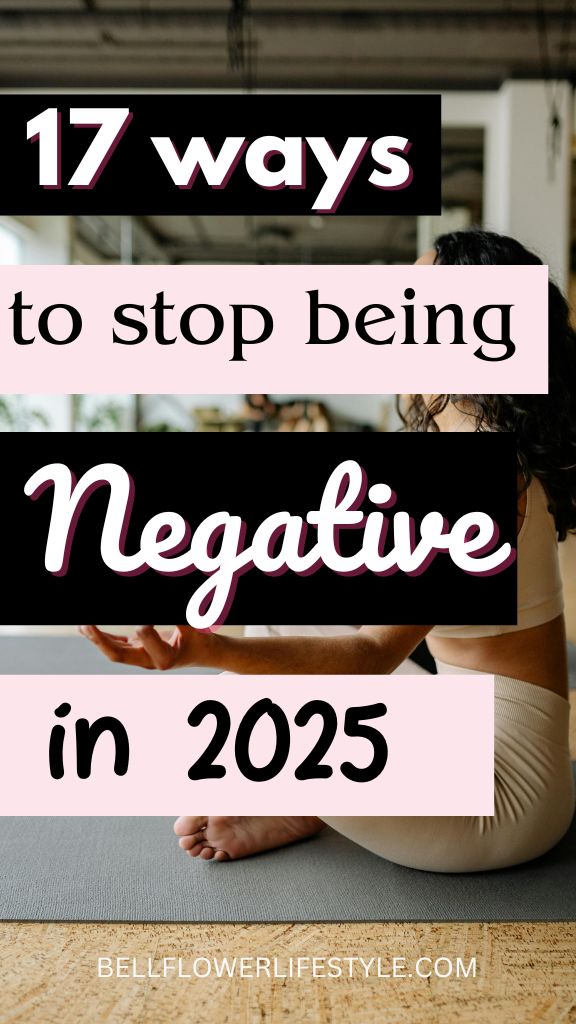How To Stop Being A Negative Person
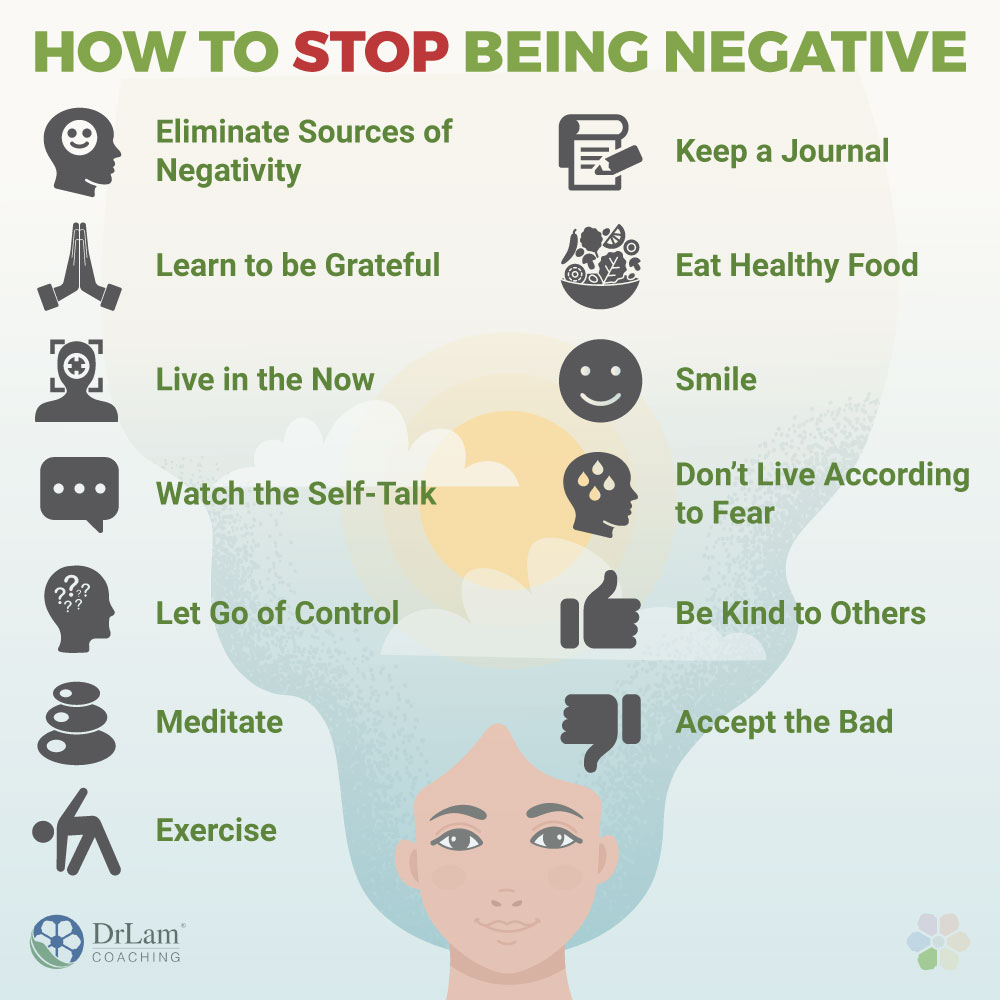
Tired of seeing the glass as half-empty? Feeling like negativity is draining your energy and relationships? You're not alone. Many struggle with a negative mindset, but the good news is, it's a learned behavior that can be unlearned. This guide provides an analytical approach to dismantling negative thinking patterns, offering actionable strategies and resources to help you cultivate a more positive outlook.
This article is specifically tailored for value-conscious individuals seeking practical, evidence-based methods for self-improvement. We understand the need for efficient and affordable solutions. We will explore various techniques, from cognitive restructuring to mindfulness practices, and provide a curated selection of tools to support your journey.
Understanding the Roots of Negativity
Negativity often stems from deeply ingrained thought patterns. These patterns can be influenced by past experiences, societal pressures, and even our own biological predispositions. Recognizing these root causes is the first step towards breaking free from their grip.
Cognitive distortions, like catastrophizing or overgeneralization, play a significant role. Identifying these distortions allows you to challenge and reframe them. This process is crucial for building a more balanced perspective.
Environmental factors also contribute to negativity. Surrounding yourself with positive influences and limiting exposure to negativity can significantly impact your mental well-being.
Strategies for Shifting Your Mindset
Several evidence-based techniques can help you transform a negative mindset. These include cognitive restructuring, mindfulness, and positive affirmations. Consistency and commitment are key to success.
Cognitive Restructuring
Cognitive restructuring involves identifying and challenging negative thoughts. This process requires conscious effort and a willingness to examine your beliefs. Tools like thought diaries and cognitive behavioral therapy (CBT) worksheets can be invaluable.
Question the evidence supporting your negative thoughts. Ask yourself, "Is this thought based on fact or feeling?" This helps to dismantle irrational beliefs.
Replace negative thoughts with more realistic and balanced ones. Focus on finding evidence for both sides of an argument.
Mindfulness and Meditation
Mindfulness practices help you become more aware of your thoughts and feelings without judgment. This awareness allows you to observe negativity without getting caught up in it. Regular meditation can significantly reduce stress and improve emotional regulation.
Start with short, guided meditations. Apps like Calm and Headspace offer a variety of options for beginners. Focus on your breath and observe your thoughts as they arise and pass.
Incorporate mindfulness into your daily life. Pay attention to the present moment during everyday activities, such as eating or walking.
Positive Affirmations
Positive affirmations are statements that affirm positive qualities and beliefs. Repeating these statements regularly can help reprogram your subconscious mind. Choose affirmations that resonate with you and focus on what you want to achieve.
Write down your affirmations and repeat them daily. Say them with conviction and believe in their power.
Use affirmations to counter negative self-talk. Replace critical thoughts with positive and encouraging messages.
Recommended Tools and Resources
Here is a shortlist of resources categorized by budget and user type to help you combat negativity:
For the Budget-Conscious:
- Free meditation apps like Insight Timer
- Online CBT worksheets and resources (often available for free from mental health organizations)
- Gratitude journals (can be a simple notebook)
For the Tech-Savvy:
- Subscription-based meditation apps like Calm and Headspace
- Mood tracking apps like Moodpath or Daylio
- Online CBT programs like Moodgym
For Those Seeking Professional Guidance:
- Online therapy platforms like Talkspace or BetterHelp
- Local therapists specializing in CBT or mindfulness-based therapy
- Support groups and workshops
Detailed Reviews
Calm (Subscription App)
Calm offers a vast library of guided meditations, sleep stories, and music designed to reduce stress and improve sleep. Its user-friendly interface and high-quality content make it a popular choice. However, the subscription cost can be a barrier for some.
Headspace (Subscription App)
Headspace provides structured meditation courses that guide you through the fundamentals of mindfulness. Its animations and playful approach make it engaging and accessible. Like Calm, it requires a subscription.
Insight Timer (Free App)
Insight Timer offers a large library of free meditations from various teachers. While the quality can vary, the sheer volume of content makes it a valuable resource. It also offers optional paid features.
Side-by-Side Specs Table with Performance Scores
| App | Cost | Content Variety | User-Friendliness | Effectiveness (Based on User Reviews) |
|---|---|---|---|---|
| Calm | Subscription | High | Excellent | 4.5/5 |
| Headspace | Subscription | Medium | Very Good | 4.3/5 |
| Insight Timer | Free (Optional Paid Features) | Very High | Good | 4.0/5 |
Practical Considerations
Consistency is paramount. Choose strategies that fit your lifestyle and commit to practicing them regularly. Start small and gradually increase the frequency and duration of your efforts.
Be patient with yourself. Changing deeply ingrained thought patterns takes time and effort. Don't get discouraged by setbacks; view them as learning opportunities.
Seek support when needed. Talking to a therapist, counselor, or trusted friend can provide valuable support and guidance. Don't hesitate to reach out for help if you're struggling.
Summary
Overcoming negativity requires a multifaceted approach. This includes understanding the root causes of negative thinking, implementing evidence-based strategies, and utilizing appropriate tools and resources. Consistency, patience, and self-compassion are crucial for success.
Consider your budget, lifestyle, and personal preferences when selecting tools and resources. Experiment with different techniques to find what works best for you. Remember, the journey towards a more positive mindset is a marathon, not a sprint.
Prioritize strategies like cognitive restructuring, mindfulness exercises, and positive affirmation practices. These have a proven track record for helping you combat negative thought patterns.
Call to Action
Ready to break free from the grip of negativity and cultivate a more positive outlook? Start today by implementing one of the strategies discussed in this article. Download a meditation app, begin a gratitude journal, or explore CBT resources online. Take the first step towards a brighter, more fulfilling life.
Frequently Asked Questions (FAQ)
Q: How long does it take to change a negative mindset?
A: There's no one-size-fits-all answer. It depends on the individual, the severity of their negativity, and their commitment to change. However, with consistent effort, you can start to see positive results within a few weeks.
Q: Can I overcome negativity on my own?
A: Yes, many people successfully overcome negativity through self-help strategies and resources. However, if you're struggling, don't hesitate to seek professional guidance from a therapist or counselor.
Q: Are positive affirmations effective?
A: Yes, when used consistently and with genuine belief, positive affirmations can be effective in reprogramming your subconscious mind and fostering a more positive self-image.
Q: What if I have a setback and fall back into negative thinking?
A: Setbacks are normal. Don't get discouraged. Acknowledge the setback, learn from it, and get back on track. Remember, progress isn't always linear.
Q: Which meditation app is best for beginners?
A: Headspace and Calm are both excellent choices for beginners. They offer structured courses and user-friendly interfaces that make meditation accessible and enjoyable.



